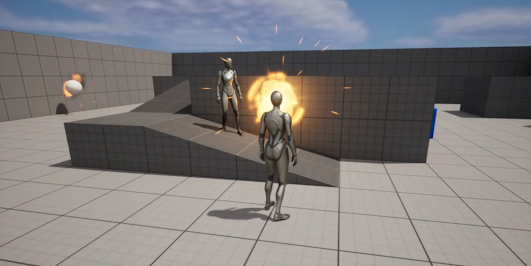Final Product of Our Endeavors!
STARSHIP SCRAMBLE Video Script (by Kelsey "Kaenan" Ericksen) "Starship Scramble" invites you on an unforgettable space adventure, combining virtual reality, physical play, puzzle solving, augmented reality, audience participation, and teamwork. Immerse yourself in a thrilling race against time as you and three other players must rescue your space cruiser from impending doom. Picture yourself aboard a luxurious tourist space cruiser, embarking on a routine journey from one spaceport to another. However, an unexpected alien attack leaves the ship without a pilot, leaving it at the mercy of the invading extraterrestrial forces. As chaos ensues, it's up to you and your bewildered fellow passengers to come together, navigate the perilous situation, and guide the ship to safety while fending off relentless alien hordes. "Starship Scramble" features four distinct roles, each offering a unique gameplay experience that relies on teamwork and cooperation. Assume
